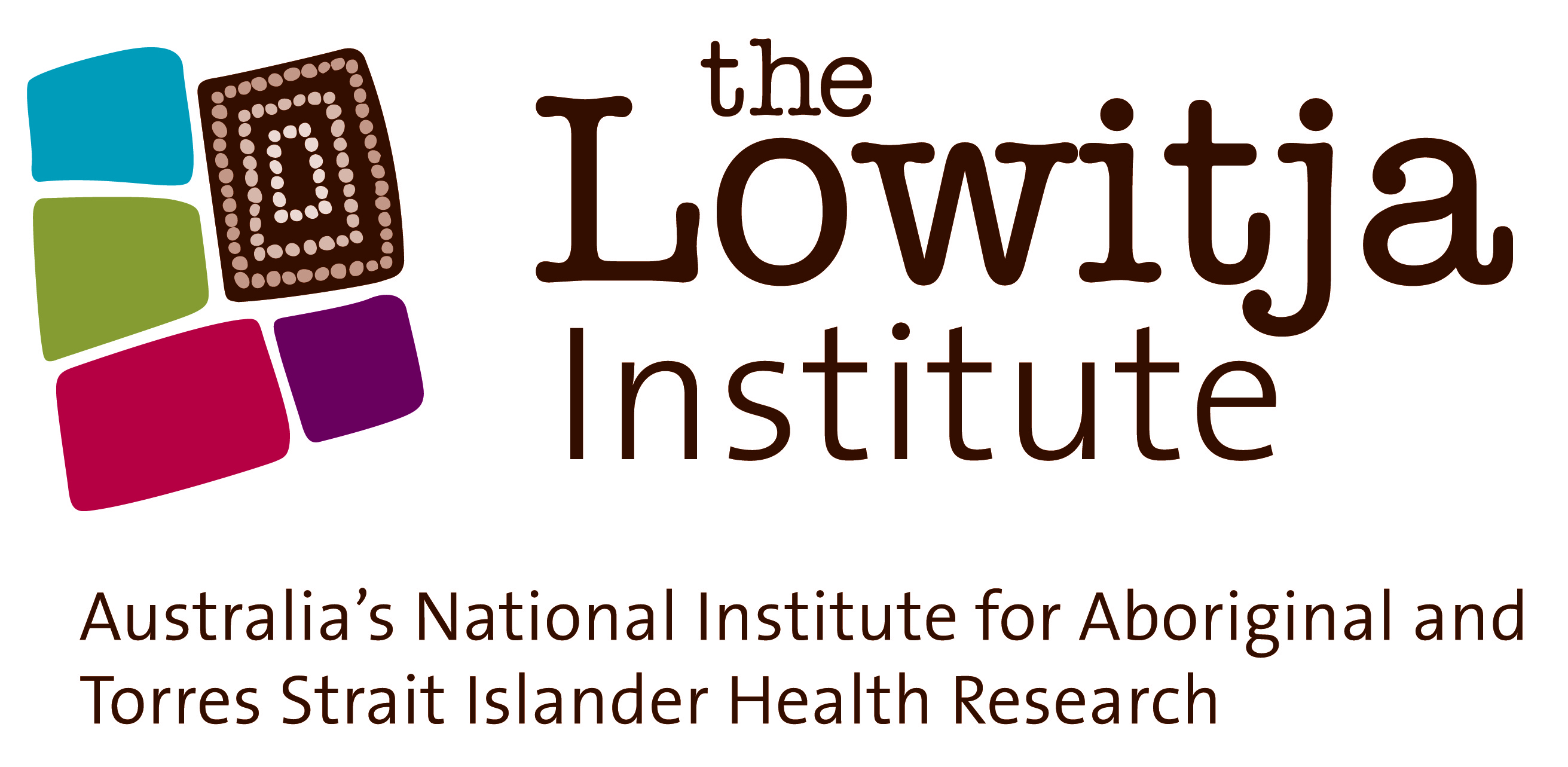Ways of helping children to learn
Making strong connections is at the centre of growing up Yolŋu children. “We teach them and show children where they belong.” (Ḻäwurrpa Maypilama, Yolŋu Researcher). Each child is connected to every other Yolŋu and to all of creation. Children live in rich learning environments amongst extended family. Families support children to learn and develop a strong identity by bringing children back to a strong cultural foundation (djalkiri ḏälkum). Both knowledge and practice are important to this cultural foundation.
Communication is key to how families help children learn. Communication is about connection as well as complex verbal and non-verbal communication. Children and their family as well as other Yolŋu communicate through deep ways of recognising each other. Feeling connected is central to identity. This deep connection and understanding can be described as “feeling the heart of who a child is” (Ḻäwurrpa Maypilama, Yolŋu Researcher).
Many Yolŋu children learn more than one Yolŋu language at home, as well as Yolŋu sign language. Adults “paste pictures in the child’s mind” by talking to them, telling them stories and showing them things in their world. Children are always watching other people too, and “photocopying” what they see.
Families know children well and teach and test children all the time. After pictures have been ‘pasted’ in a child’s mind, they are given time to take the picture out and use it when they are ready. Children practise for when they grow up by using their skills in free play areas and in real life. Adults observe children from the very beginning - to watch how the child grows, what they pick up, how they learn. Families recognise the child’s strengths and what they learn quickly – they “identify children’s commitment”. Families also recognise when a child needs support.
Families and others in their community surround children with connections and experiences that can help children become strong. Children grow strong in many different ways, for example:
- strong in Yolŋu languages;
- ceremonies and healing to support physical strength;
- strong cultural values and practice;
- strong practical skills for when they grow up;
- a strong spirit for emotional resilience
- developing skills for living in two worlds (Yolŋu and Balanda).



